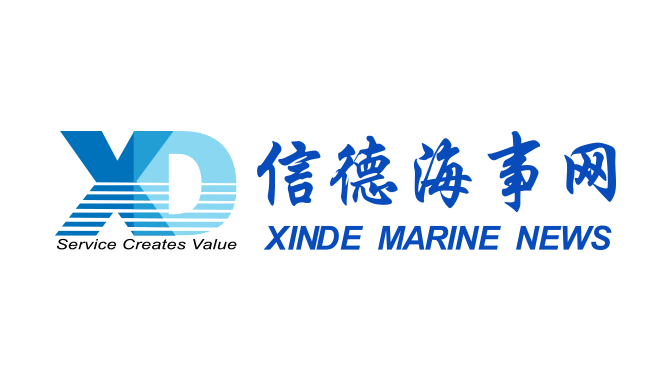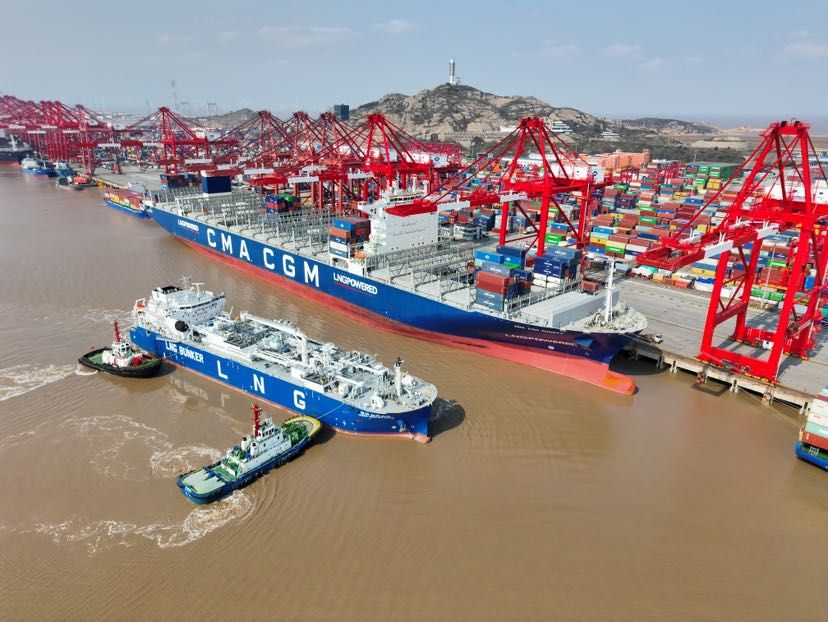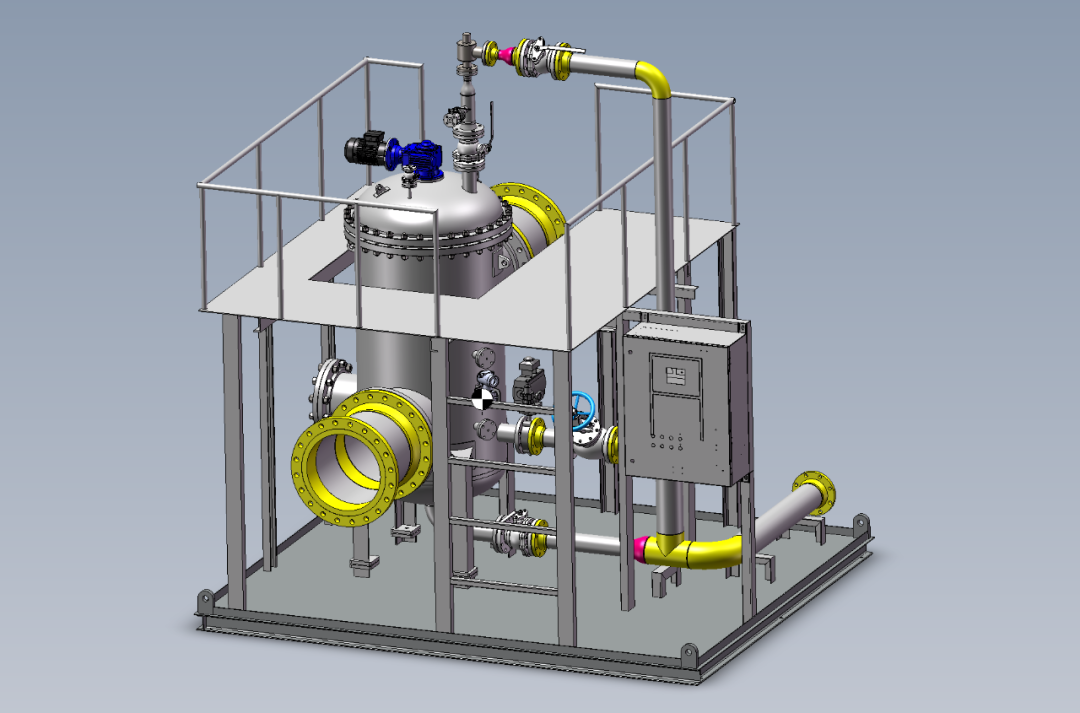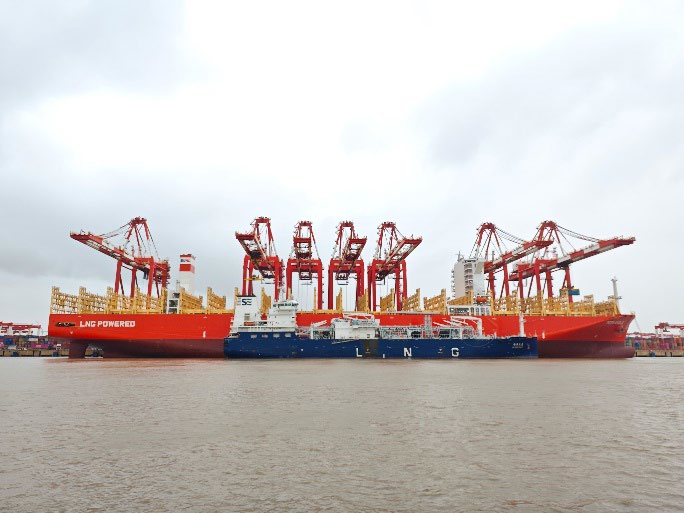
In the growing market for liquefied natural gas, driven mainly by Asian demand, a shortage of transport vessels could become a bottleneck. While demand for LNG shipments to China is steadily growing as the country increases its consumption of eco-friendly natural gas, the supply of ships is not keeping pace with growing demand for spot charters.
Spot charter rates for LNG carriers with a tank capacity of 150,000-170,000 cubic meters stood at the $190,000 per day range in November, five times higher than in early May. The market environment has changed considerably since 2015-2016, when the rates were around $20,000-30,000 per day amid anxiety about a glut of vessels.
"We did not expect that we would run short of vessels so quickly," said a person in charge of LNG carriers at a major Japanese shipping company.
A major reason behind the high charter rates is a surge in gas demand in China. In a drive to reduce serious air pollution, China is rapidly switching from coal to natural gas for power generation. Energy companies and trading houses in China are securing LNG carriers earlier to import LNG stably over the long term.
Other countries in Asia are also turning to the consumption of natural gas. In 2018, Bangladesh began importing LNG and the Philippines also revealed plans to build its first LNG import terminal by investing more than $700 million.
Energy research firm Bloomberg New Energy Finance estimates that global LNG demand will grow to 450 million tonnes by 2030, from 284 million tonnes in 2017, with Asia driving the growth.
About 600 LNG ships are in use worldwide, and about 40 new vessels are expected to go into service in 2019. However, according to Nippon Yusen, most of the vessels are chartered exclusively for new projects under long-term contracts and only a limited number of them flow into the spot charter market.
Spot LNG sales are increasing as natural gas, including American shale gas, which does not necessarily involve long-term contracts, has come to be exported on a full-scale over the past several years. LNG trading practices that have been rigid and characterized by long-term contracts covering a period of over 10 years are changing, but the insufficient transportation infrastructure, or carrying vessels, will become an obstacle.
The International Energy Agency said in a recent report: "The risk of a lack of timely investment in the LNG carrier fleet could pose a threat to market development and security of supply, which could materialize even earlier than the risk of insufficient liquefaction capacity."
Source:xinhua
Please Contact Us at:
admin@xindemarine.com


 WOODSIDE AND CHINA RESOURCES AGREE LONG-TERM LNG SU
WOODSIDE AND CHINA RESOURCES AGREE LONG-TERM LNG SU  Shanghai Yangshan Port Bunkered Two LNG Powered Con
Shanghai Yangshan Port Bunkered Two LNG Powered Con  Headway successfully delivers filtration skid solut
Headway successfully delivers filtration skid solut  Celebrating the Launch of “Green Energy Pearl” –
Celebrating the Launch of “Green Energy Pearl” –  PIL and SSES complete the inaugural LNG bunkering o
PIL and SSES complete the inaugural LNG bunkering o  BW LNG secures e-procurement deal with Procureship
BW LNG secures e-procurement deal with Procureship